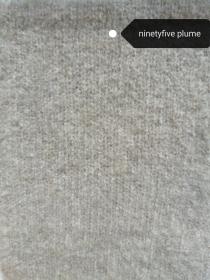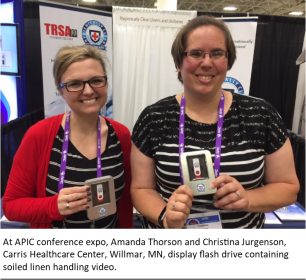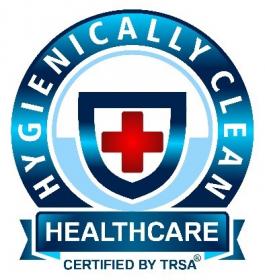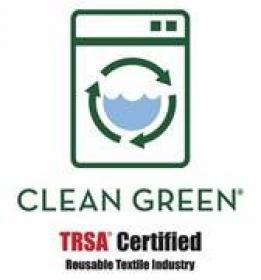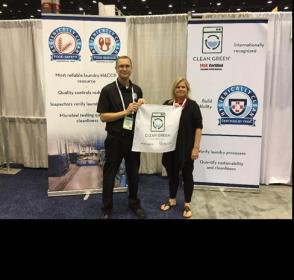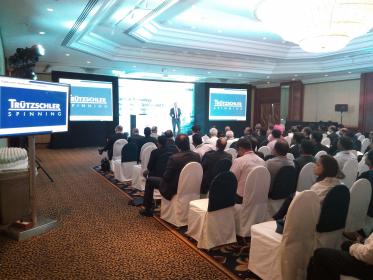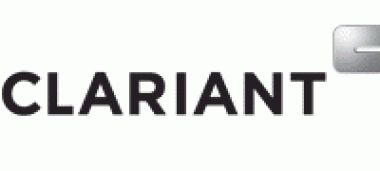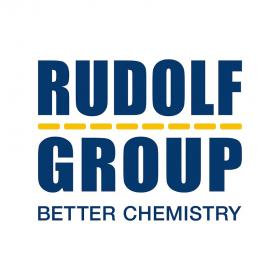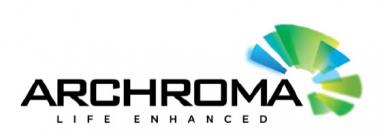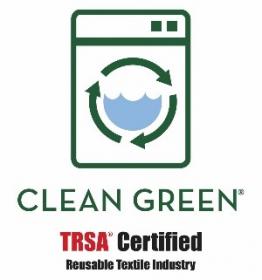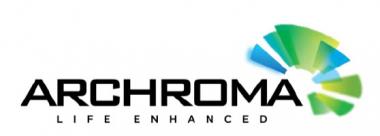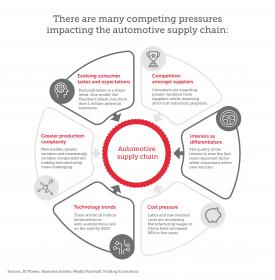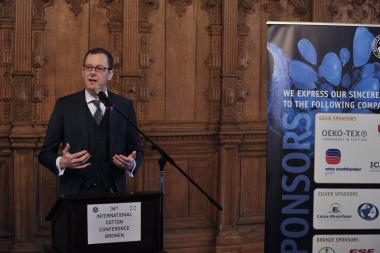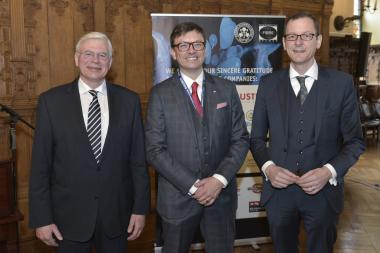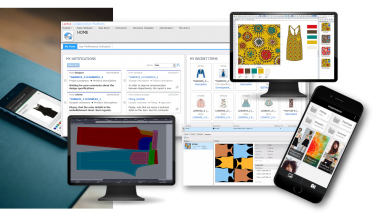Filpucci @ PITTI Filati- The journey of responsible innovation continues
FILPUCCI GROUP proceeds along the path of commitment towards an ever more responsible innovation. The group takes part in the 83rd edition of Pitti Filati (June 27-29, 2018) with unique products, high-end knitwear and creative yarns, all resulting from the authentic Smart Innovation the company has been long committed to.
Research, style and fashion are key words for the world-renown Tuscan company, which unveils an always more responsible approach both at a corporate level and in terms of offer.
Here are some key elements to prove Filpucci’s relentless commitment:
- The GOTS (Global Organic Textile Standard) and OCS (Organic Content Standard) certifications obtained by the Filpucci dyeing plant add to the Clear to Wear (CTW) standard developed by Inditex Group and achieved in 2014 and to the Detox commitment, which was signed in February, 2016.
- Not only the best raw materials, but also an established knowhow in the fields of dyeing and finishing, always under the key concept of Responsible Innovation. This concept extends to each and every FILPUCCI collection and their ever-increasing offer, the roughly twenty innovative new items, the Woolen line of carded yarns and the real spearhead of premium fashion, the Collection. Among this season’s new offer: Baby Camel Re.Verso™, RWS- certified merino organic wool, Re.Verso™ cashmere, organic silks and FSC-certified viscose.
- The achievement of further certifications such as the FSC (Forest Stewardship Council) for viscose shows the care and respect towards the ecosystem as a whole, guaranteeing a product derived from a forest or a plantation forest in the respect of strict environmental, social and economic standards. The RWS (Responsible Wool Standard) finally guarantees the use of wool coming from livestock managed under rigorous criteria oriented towards the wellbeing of animals and the reduction of environmental impact.
- Filpucci Group is all about a constant vocation towards new generation values and a reliable, traceable and transparent manufacturing process, as shown by the Re.Verso™ circular economy supply chain, of which the group is a unique ambassador in the field of high-end/low-impact knitwear yarns.
With absolute quality always in mind, FILPUCCI GROUP represents a corporate model that has made of sustainability a real mission, embarking on complex paths that have brought great results with fashionable textile solutions lead by ethnical and sustainable values. Thanks to this, Filpucci’s products have become part of Patagonia Collections, an important acknowledging from the brand’s part, whose managers stated: “We are always on the hunt for the highest performing, lowest impact materials. We were thrilled to find Re.Verso ™ (95/5 transformed) Cashmere yarn from Filpucci. It allowed us to create a range of products with the insulative and soft properties of cashmere while adhering to our mission statement; build the best product, cause no unnecessary harm.”
FILPUCCI GROUP’s commitment is evident and it moves forward thanks to the passion towards responsible and innovative paths that contribute to turning the group into a reliable partner, symbol of quality and excellence.
Filpucci is also a C.L.A.S.S. (Creativity Lifestyle And Sustainable Synergy) partner.
GB Network Marketing & Communication


